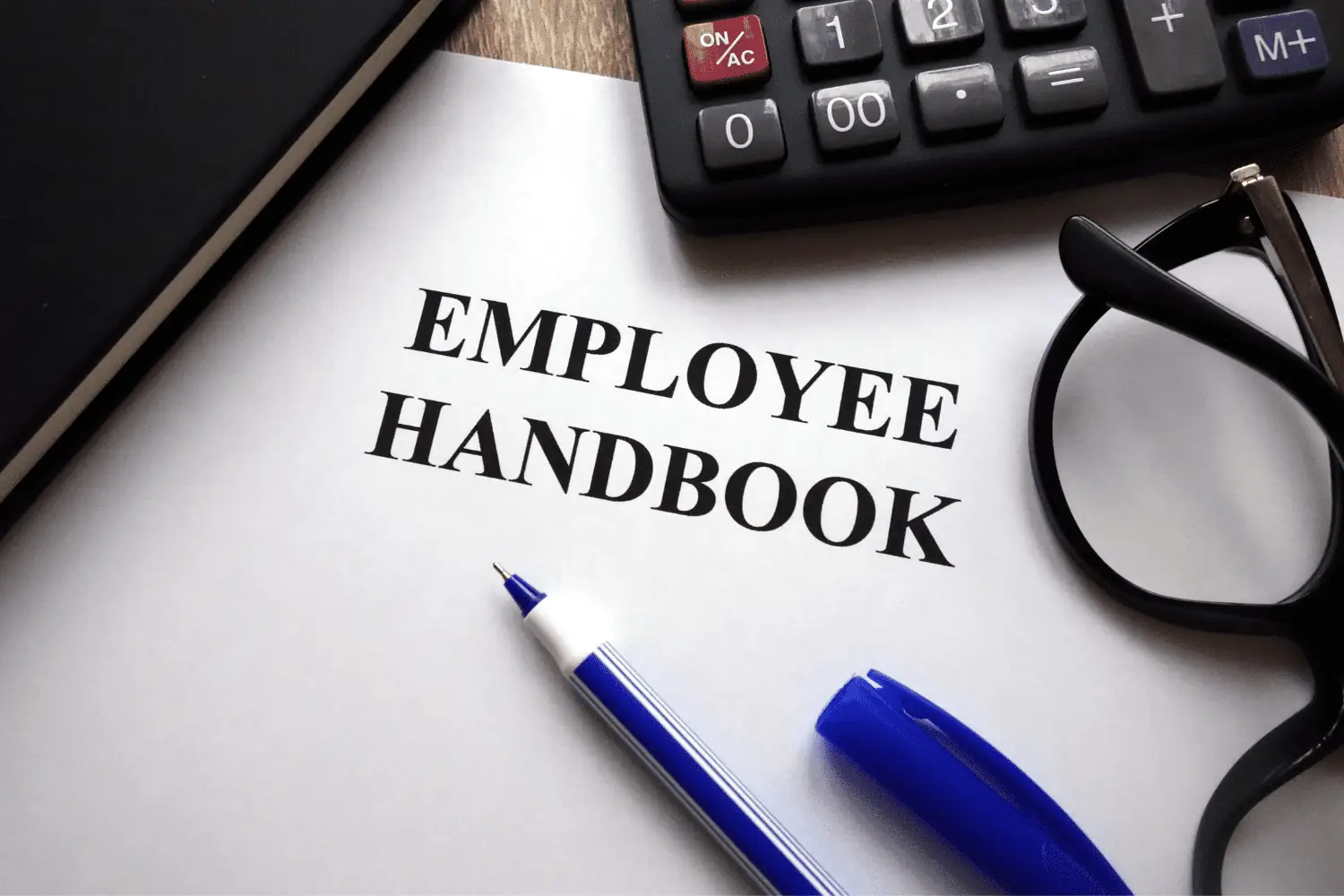5 Tips for Staying in Compliance When it Comes to an Employee Handbook

Employee handbooks can have significant benefits and ROI for a company. They can help employees perform better, which benefits the business bottom line. Handbook policies can help employees use equipment and technology in a safer manner so there are less accidents, repairs, and legal action. An employee handbook also benefits a business by keeping it in compliance. This could save companies hundreds, if not thousands of dollars. (Sometimes if a business can’t keep in compliance, they’re even forced to shut down because they can’t afford the fines.) Here are five key strategies for developing employee handbooks that stay in compliance.
5 Key Strategies for Compliance and Employee Handbooks
1. Include all required policies
To maintain compliance, an employee handbook must have all required policies. These will vary from state to state, or even city to city. All handbooks, no matter what state or city the employer is located in, must have an at-will statement and disclaimer. Additionally, some industries will have a required policy (or policies), often regarding matters of safety. While employers aren’t required to have handbooks, they are required by law to include the required policies if they do have a handbook.

2. Distribute the handbook to all employees
A crucial step to developing or updating an employee handbook is distributing it to all employees. Ideally, an organization will update its employee policies on a yearly basis. They will then share the updated handbook with employees around the same date. The handbook should include an acknowledgement sheet, which employees will sign. This sheet will hold an employee responsible for having read and understood all policies. It can be used in case of legal action or disciplinary circumstances. Human resources should keep all handbook acknowledgment pages easily accessible in their records. One way to make employee handbook distribution simple and compliant is to develop the handbook electronically. Then, it can be shared electronically and saved in a location where employees can easily refer to it whenever they have questions on policies. It’s important from a legal perspective that clients are able to find and consult the handbook at any time. MP’s software streamlines this process for employers.
3. Manage to the policies
One common mistake employers make when it comes to their employee handbook is when they don’t implement it properly. If managers aren’t trained to implement and enforce the policies in the employee handbook, the handbook can’t assist the organization in reaching or maintaining compliance. Even if managers only implement some policies from the employee handbook, this is still problematic. In the case of any legal action, a handbook will be nullified if managers don’t consistently manage to all policies for all employees. (On a more informal level, employee morale will be damaged if employees can’t trust all employment policies are consistently applied and enforced for all employees.)

4. Don’t use a boilerplate or borrow a handbook
When a business uses a boilerplate employee handbook or borrows one from another organization without extensively updating and editing it, this rarely benefits their business. In fact, it could even create some legal problems for their HR department. Every organization has their own laws and regulations they’re subject to. This is based on their size, their industry, and their work site locations. A boilerplate or borrowed handbook is not very likely to include all the employee policies that an organization will need in their particular employee handbook.
5. Create multiple handbooks if needed
When creating an employee handbook, sometimes one version is not enough. If employees work in multiple locations, there may need to be different policies based on local laws. Another reason for more than one employee handbook is if employees have drastically different roles and need drastically different policies to follow. An example of this is when a company has a retail component. They have many employees who need to follow policies specific to non-exempt work done in a store. This same company likely has a corporate office component with employees who need to follow policies for exempt workers in office roles.
Need handbook development solutions? Here are 9 reasons employers need employee handbook development services for business executives.
Recent Employee Handbook Posts
Recent Posts
- Overtime Rule Overturned: Navigating the New Landscape for Employers
- How Your Leadership Can Help Maintain Positive Mental Health for Employees
- Understanding the Role of Mental Health in Today’s Workplace, for Business Leaders
- The Current Climate of Home Healthcare: Challenges and Opportunities
- Workforce Planning is a Team Sport: Collaborating for Success
Categories
- ACA (10)
- AI (5)
- BizFeed (6)
- Business Strategy (119)
- COBRA (5)
- Compliance (168)
- COVID-19 (92)
- Diversity (12)
- eBooks (19)
- Employee Engagement (33)
- Employee Handbooks (24)
- ERTC (29)
- FFCRA (7)
- HR (305)
- MP Insider (13)
- Payroll (89)
- PFML (9)
- PPP (24)
- PTO (5)
- Recruiting (53)
- Remote Work (39)
- Return to Work (32)
- Unemployment (1)
- Wellness (22)
Archives
- November 2024
- October 2024
- September 2024
- August 2024
- July 2024
- June 2024
- May 2024
- April 2024
- March 2024
- February 2024
- January 2024
- December 2023
- November 2023
- October 2023
- July 2023
- June 2023
- May 2023
- April 2023
- March 2023
- January 2023
- December 2022
- October 2022
- September 2022
- August 2022
- July 2022
- June 2022
- May 2022
- April 2022
- March 2022
- February 2022
- January 2022
- December 2021
- November 2021
- October 2021
- September 2021
- August 2021
- July 2021
- June 2021
- May 2021
- April 2021
- March 2021
- February 2021
- January 2021
- December 2020
- November 2020
- October 2020
- September 2020
- August 2020
- July 2020
- June 2020
- May 2020
- April 2020
- March 2020



